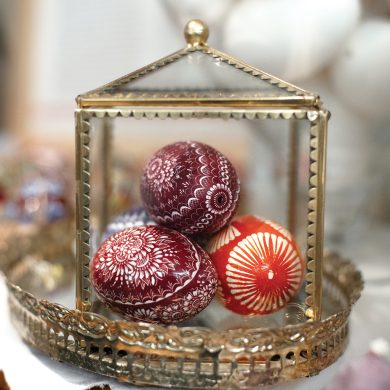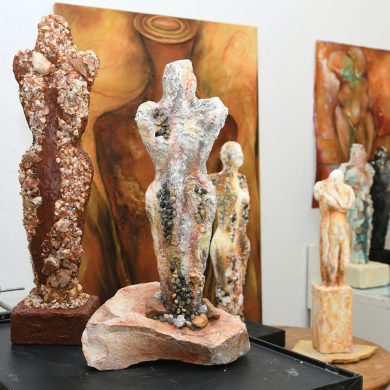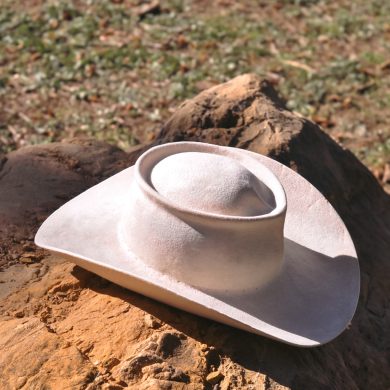I grew up in the Dorset / Hampshire area in the countryside of southwest England. The house we grew up in was an old game keeper’s cottage my mother and father found in 1984. The walls are wonky and corners are round. We were off grid and had no electricity, just a generator for power. My mother is a painter and florist, and every inch of the walls in our house are covered in her paintings, from landscapes to paintings of birds and flowers. I’ve always thought of the walls of the house being a time line of our lives. My father used to run a vintage cloths shop called Biggles before I was born. When he and my mother split up I was seven. I remember he picked ivy and hydrangeas to sell to florists and would roam carboot sales for precious items to sell. He used to collect us from school in a Citroen C15 van with a boot full of ivy and hundreds of spiders hanging from the ceiling. We would refuse to get in, but he never once removed the spiders on the basis they were his friends. I remember many fearful journeys in that van in the front seat with my sister (because the back was filled with ivy) huddled together trying not to look up at the spiders clustered in the corners.
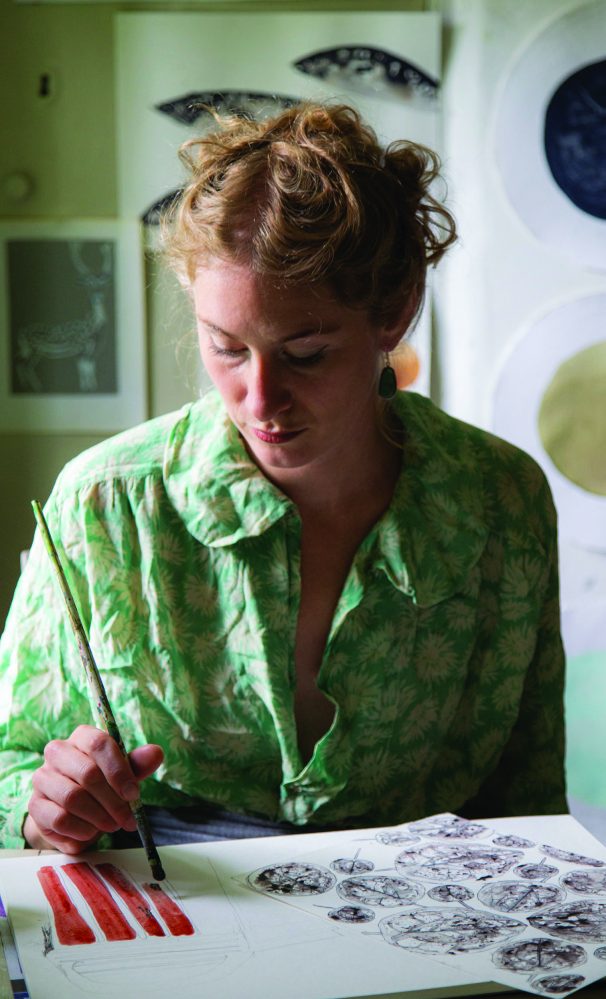 I was lucky to be surrounded by visual artists and creatively minded people. We spent a lot of time in Cornwall with my mother near Lands End where we would explore rock pools, go on windy cliff walks and then shelter inside and spend the afternoons round a table drawing and painting. My mother introduced me to the world of naïve painters like the St Ives set. For example, Alfred Wallis, Barbara Hepworth, Ben Nicholson, whose art left a huge impression on me.
I was lucky to be surrounded by visual artists and creatively minded people. We spent a lot of time in Cornwall with my mother near Lands End where we would explore rock pools, go on windy cliff walks and then shelter inside and spend the afternoons round a table drawing and painting. My mother introduced me to the world of naïve painters like the St Ives set. For example, Alfred Wallis, Barbara Hepworth, Ben Nicholson, whose art left a huge impression on me.
It looks like you’re out of free articles.
Become a Women Create member to read this full article.
Already a member? Sign in
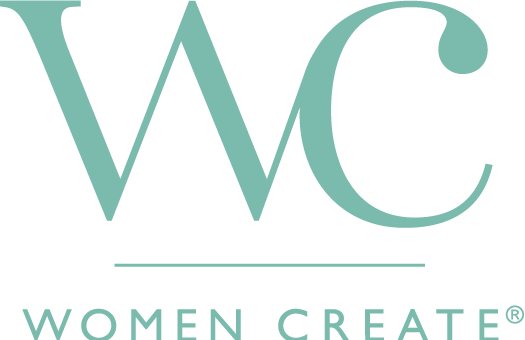
Monthly Membership
- Unlimited access to the Women Create website
- Monthly Maker Moments livestreams, members-only newsletters and more

Annual Memberships
- Unlimited access to the Women Create website
- Print and digital subscriptions of WHAT Women Create magazine, WHERE Women Create magazine, or both
- Monthly Maker Moments livestreams, members-only newsletters and more

